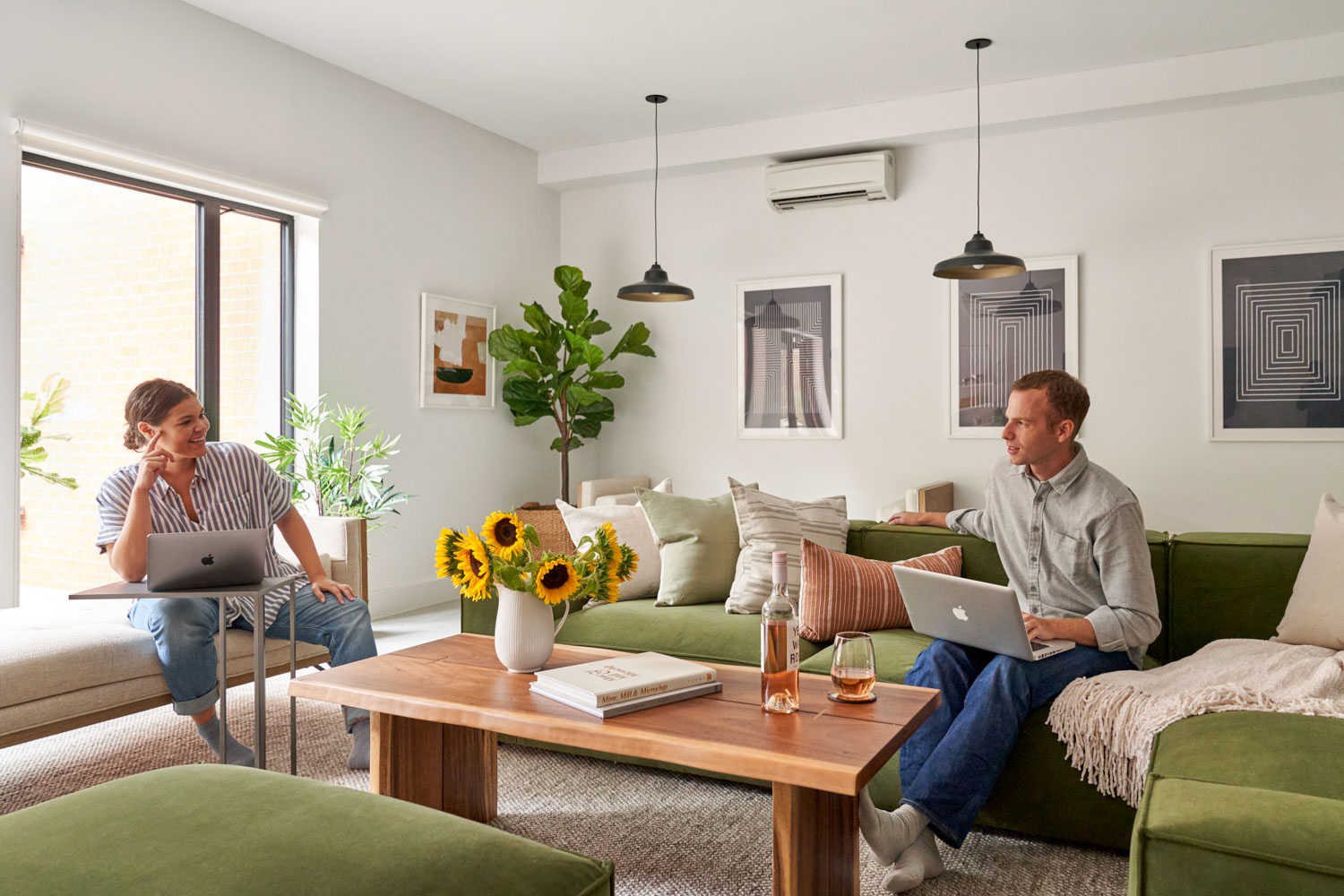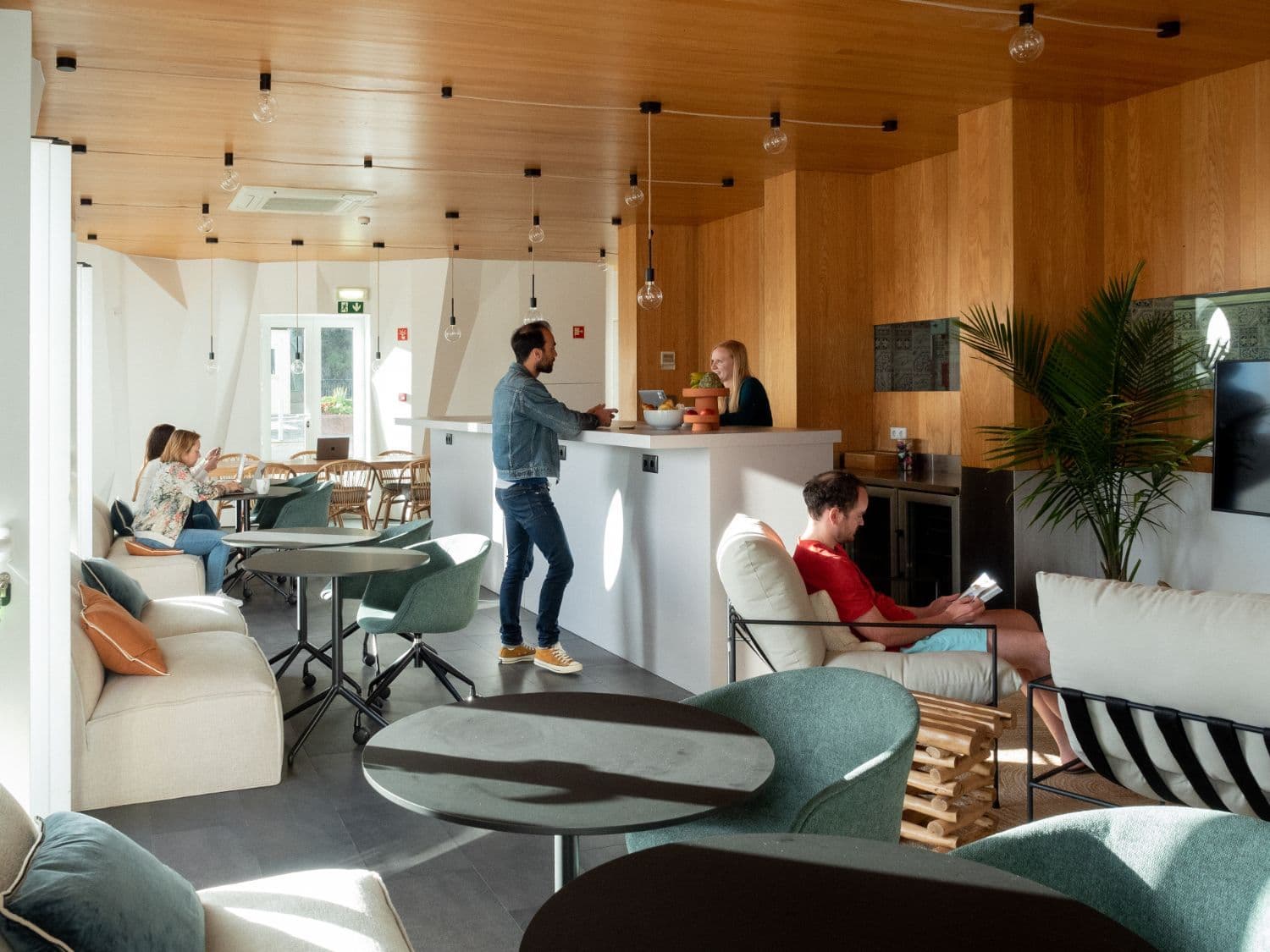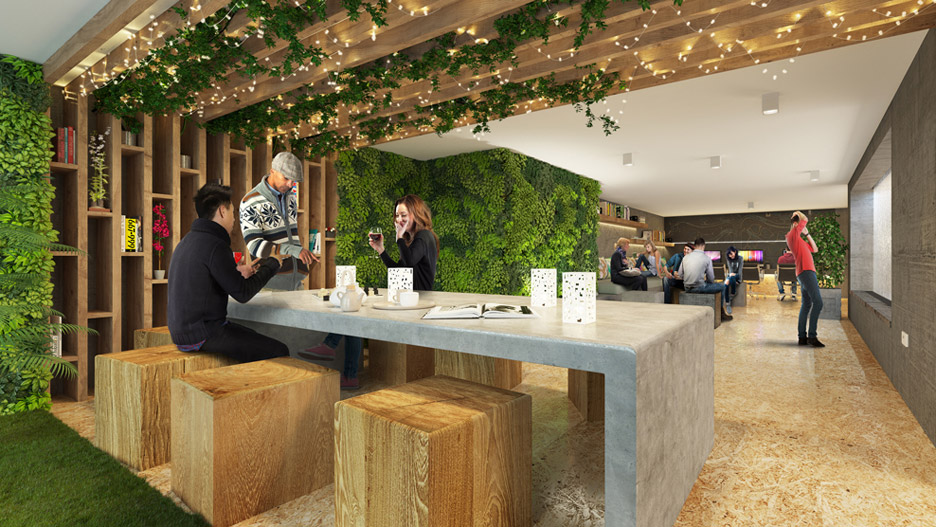In today’s dynamic urban landscape, the concept of co-living spaces has emerged as a revolutionary solution, completely transforming the traditional notion of urban housing. With a focus on catering to the needs and aspirations of millennials, these shared living communities redefine the way we think about living spaces.
Co-living spaces offer young individuals the opportunity to embrace a sense of community, foster meaningful connections, and experience a new level of convenience and flexibility. Gone are the days of isolated and impersonal living arrangements; instead, the rise of co-living spaces brings an exciting dimension to urban housing, creating vibrant and inclusive environments that cater to the unique demands of the millennial generation.
The Changing Needs of Millennials: Why Co-Living is Becoming Popular
As the millennial generation continues to reshape the urban housing landscape, co-living is emerging as a popular solution to their changing needs. With increased financial pressures and a desire for meaningful connections, millennials are seeking alternatives to traditional housing models.
Co-living spaces provide an innovative approach, offering affordable and flexible accommodations that foster a sense of community. These shared living spaces not only address the housing affordability crisis but also provide millennials with the opportunity to live in vibrant urban areas where housing costs may otherwise be prohibitive.
By allowing residents to embrace a collaborative lifestyle, co-living spaces cater to the social needs of this generation, offering various communal amenities and activities that encourage interactions and friendships. From communal kitchens and co-working spaces to organized social events, co-living spaces cater to the diverse interests and aspirations of millennials, redefining the way urban housing is experienced and transforming the concept of home.
The Benefits of Co-Living for Urban Millennials: Convenience, Affordability, and Social Connections

Co-living has emerged as a game-changer for urban millennials, offering them a myriad of benefits that redefine the traditional housing landscape. The convenience aspect of co-living spaces is particularly significant, as it caters to the fast-paced lifestyles of these young individuals.
With fully furnished accommodations and shared amenities, such as gyms and communal spaces, co-living eliminates the hassle of setting up a new home from scratch, allowing millennials to move in effortlessly. Moreover, affordability plays a crucial role in attracting this demographic to co-living arrangements.
By splitting the costs of rent and utilities among roommates, individuals can enjoy urban living without breaking the bank. However, it is not just the financial aspects that make co-living appealing; the social connectivity it offers is equally compelling.
For millennials who often yearn for meaningful connections in a bustling city, co-living provides the ideal environment to meet like-minded individuals, fostering a sense of belonging and building lasting friendships. With its unique combination of convenience, affordability, and social connections, co-living spaces have indisputably changed the dynamics of urban housing for the millennial generation.
Co-Living Spaces: How They are Redefining Urban Housing for Millennials
In a rapidly evolving urban landscape, co-living spaces have emerged as a revolutionary alternative to traditional housing for millennials. These innovative living arrangements bring together individuals with shared interests and aspirations, creating a vibrant and interconnected community.
Gone are the days when skyrocketing rents and isolating apartment complexes left young city dwellers feeling detached and overwhelmed. Co-living spaces bridge the gap, offering not only affordable accommodation but also a sense of belonging in a world that can sometimes feel impersonal.
With their unique blend of privacy and social interaction, these modern habitats cater to the diverse needs and preferences of millennials, who crave both independence and communal experiences. By nurturing an environment that promotes collaboration and networking, co-living spaces are fast becoming the new norm, reshaping the very definition of urban housing for a generation seeking connection and meaning in their fast-paced lives.
Excitingly, this rising trend not only addresses the challenges faced by millennials but also paves the way for a future where living spaces truly reflect the dynamic and evolving nature of our cities.
Co-Living Amenities and Community Building: Creating a Unique Living Experience

Co-living spaces offer a plethora of unique amenities and foster a strong sense of community, creating an unparalleled living experience for millennials. These modern living arrangements go beyond the traditional building structure, introducing shared spaces that are carefully designed to cater to the needs and desires of the residents.
From stylishly furnished common areas to fully equipped fitness centers, these co-living spaces ensure that every aspect of residents’ lives is taken care of. Additionally, community building is an integral part of co-living, as it encourages meaningful connections and social interactions among residents. Through organized events, workshops, and shared activities, co-living spaces forge a sense of belonging and unity, making it easier for people to network and build lifelong friendships.
This exciting and dynamic living concept embellishes urban housing by providing millennials with an all-inclusive, thriving environment that enhances their overall quality of life.
The Role of Technology in Co-Living Spaces: Integrating Smart Features and Services
In this digital era, technology has become an integral part of our lives, transforming the way we live and interact with our surroundings. Co-living spaces, the new urban housing trend, are no exception to this transformative force.
By embracing technological innovations, these innovative spaces aim to create a seamless and convenient living experience tailored to the needs of millennials. Smart features and services form the backbone of these co-living spaces, offering a plethora of benefits that enhance the overall quality of life for residents.
From smart home automation and energy-efficient utilities to seamless digital communication platforms, technology integrates into the very fabric of co-living spaces, fostering a harmonious and connected community. With advanced security systems, residents can rest assured that their safety is paramount while conveniently accessing amenities with the touch of a button.
Embracing technology has not only revolutionized the way we live but also redefined the concept of urban housing, shaping a future where co-living is not just a trend but a lifestyle choice for the millennial generation.
Conclusion

In conclusion, co-living spaces have emerged as a transformative solution to redefine urban housing for millennials. With changing lifestyles, high living costs, and a focus on community, these shared living arrangements offer a unique combination of affordability, convenience, and meaningful social interactions.
By providing fully furnished spaces, shared amenities, and inclusive services, co-living spaces cater to the needs and preferences of millennials, promoting a sense of belonging in an increasingly disconnected world. As cities continue to grow and housing becomes scarcer, co-living spaces have the potential to help bridge the gap between growing urban populations and limited housing options.
Real estate agents, such as the one in Rental Agency Amsterdam, are recognizing the rising demand for co-living spaces and are playing a pivotal role in facilitating their success by connecting millennials with suitable housing options. With their expertise and understanding of the changing housing landscape, real estate agents are integral in navigating the co-living market and ensuring a seamless housing experience for millennials seeking shared living arrangements.

